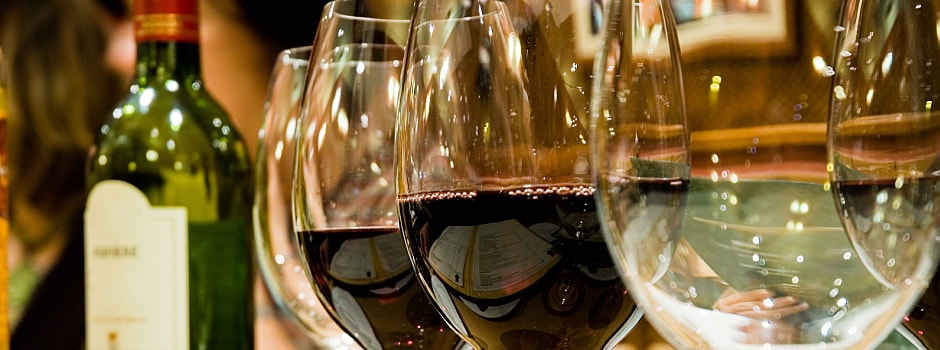The restaurant wine list can mean everything to one guest and nothing to the next. Unlike most parts of your restaurant business, it's possible to build a wine list that offers something for everyone. When coming up with your list of offerings, use the following tips to guide you.
Consider Your Type of Establishment
The type of establishment you run is going to drive a decent amount of decision-making when it comes to creating your wine list. For instance, a small dive bar will clearly have different wine offerings than a more urban restaurant. The world of wine is so vast that there are wine options for nearly every type of establishment, and the days of only having one red and one white offering are long gone. Make sure your wine list represents the type of clientele you'll be serving, and if you'll have a range of palettes, make sure your options represent that, too.
Do Some Research
Simply shaking up your wine offerings, or adding wine to an existing or new establishment, can be done without investing hours of time. A great first step is to educate yourself on wine a bit, so you have a foundation of knowledge. Know some varietals and regions, and get to know the most popular grapes: chardonnay, pinot noir, and Cabernet, for example. Do some testing and really understand the difference between the types of red and white wines. When your understanding of wine is decent, place a call to your beer or liquor representatives and ask for a consultation. Most distributors will be happy to set up a meeting and tasting to help you build your restaurant wine list. Remember that these people know their products pretty well, but you should also keep in mind that they're in sales. If you're still feeling intimidated about coming up with a list, you can also consult or hire a sommelier.
Know Your Menu
Pairing wine is something that needs to be considered if you're serving food. The right match exists for most cuisines, and it's important to at least be in the right ballpark when coming up with a wine offering that will go with unique dishes, such as one that features curry. The strong flavors in the food could destroy the subtle flavors of a delicate white, while a robust viognier would stand up to the spice and the heat. Wine pairings can be found online, so don't overthink or stress about this. Do understand, however, that not all varietals are the same. For instance, a grape grown in California will be different from one grown in Washington, so get some advice on different regions and wineries from the representatives you consult. Not every wine needs to be paired perfectly, so don't be afraid to bring in a bottle that you simply like the taste of. If you have a few wines that match up well to the most popular menu items, you should be set.
Decide Between Bottles or Glasses
This one gets tricky, and demographic will influence the decision-making here. There is a common misconception about the risk of wasting leftover wine if you offer it by the glass. However, a well-planned wine list that offers individual glasses is a smart idea. Many guests simply want one or two glasses of wine, and whether it's the price or because they're driving, a bottle-only program can cause you to miss out on a significant percentage of wine sales. Strategically choosing wines that complement certain dishes, and then training staff to know and sell these pairings will help increase your wine sales. Bar managers should also openly communicate with servers about which bottles need to move because they were opened.
Just about every establishment has room for a good wine list, so don't be afraid to take some chances. Sure, keep a few favorites around, but have some out-of-the-ordinary offerings as well. You'll be surprised by how many people are open to talking about the wine and discovering something new. This will give you a bit more credibility with the wine drinking community and you'll be able to build sales as well.
Related Articles

Menu Design 101: Is Your Restaurant's Menu the Right Size?
When it comes to menu design, here are some tips and considerations to think about when planning the size of your menu to maximize profits.

Food Cost Formula and Other Tips You Should Know
Here is a food cost formula and other tips to help you make the most of your inventory and boost your bottom line.

Responsible Alcohol Service: How and When to Ask an Intoxicated Patron to Leave
In order to maintain a responsible alcohol service, chances are that you may have to ask a patron to leave at some point. Here are some tips.

